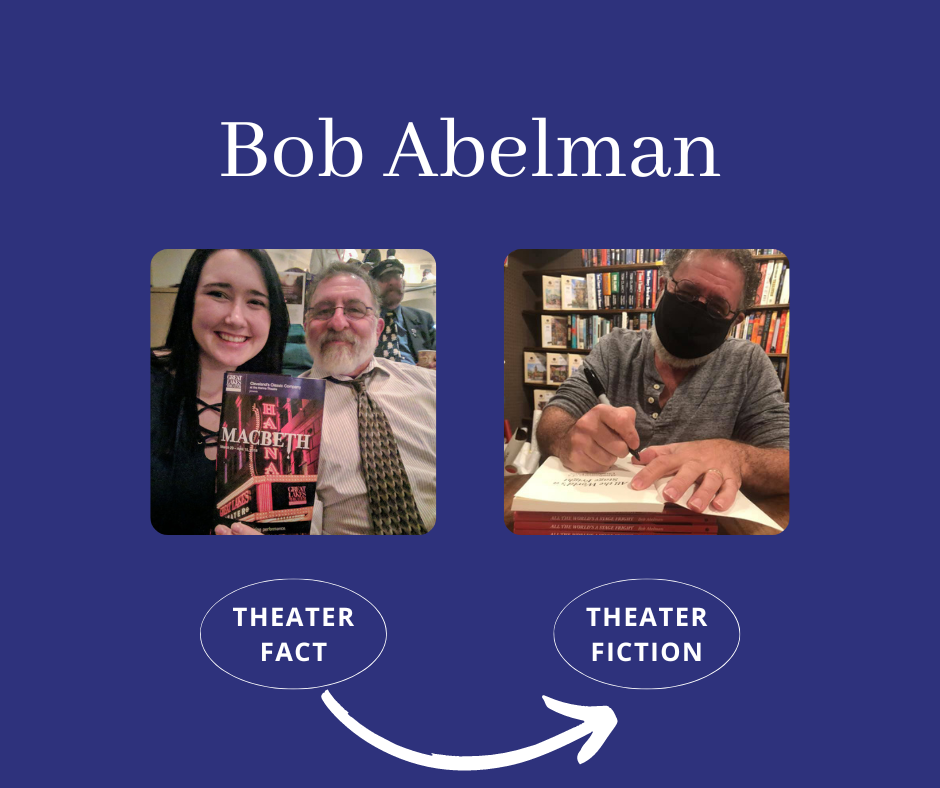By Michael C. Butz
• Lives & Creates Cleveland Heights • Degrees BFA major in Painting, minor in Printmaking, Parsons School of Design, New York; MFA in Painting from Kent State University
Painter and printmaker Corrie Slawson thinks a lot about the environment. More specifically, she’s interested in questioning systems – like land-use practices – that as a matter of routine lead people, or entire societies, to harm the environment or disproportionately restrict access to economic opportunities for segments of the population.
“If you look at the last three years of my work, there’s been a progression of always using place as a matrix to talk about issues of social justice, environmental justice and environmental degradation,” she explains.
That body of work culminated in May when her series “Artifice and Persuasion” was on view at American Greetings’ Gallery W in Westlake. One piece, “Lawns are a monocrop that diminish biodiversity (or, Thanks a lot, Lancelot ‘Capability’ Brown)” namechecks the 18th century English landscape architect responsible for scores of well-manicured lawns at country houses and estates in Britain. The concept of lawns exists to this day, of course, and in some communities, they’re overtly separatist.

That this series was on view in Westlake, an outer-ring suburb that by nature and geography is responsible for a large carbon footprint, was no accident. But Slawson isn’t necessarily trying to access blame in her art.
“As soon as I point my finger, I just point it right back,” she acknowledges. “I sit up here (in my studio) and grapple with my culpability, with my own decisions.”
She wants her art to effect change. While she welcomes people changing individual behaviors, she’s aiming for something greater.
“One human being, yes, you can make a difference. I don’t disbelieve that. But I’m more concerned that if you see it happening in the system, that you do more to change the system,” she says. “I think I read in Scientific American that recycling is the same as a skyscraper collapsing and you have one nail. It’s not that we shouldn’t, it’s that the bigger issue is the system.”

Slawson is already working on her next body of work. In their early stages, the pieces are collages that juxtapose symbols of domestic luxury, like an image of a wedding bouquet clipped from Vogue magazine, with pictures of endangered species, extinct species and even anthropomorphized animals.
“It’s this idea of all of this natural beauty – gardens, flowers, food, delicious food – in all these luxurious magazines, but it’s not an ecosystem, or if it’s an ecosystem, it’s a different kind of ecosystem than the ecosystem that cheetah needs or that polar bears needs or even that we need,” she explains. “I’m playing with those conversations between our manufactured nature — which people accept and love, and frankly, it’s gorgeous, it’s seductive. But the golden toad, there, he’s gone. Last seen in 1989 in Central America.” CV
Lead image: Corrie Slawson. Photo by Michael C. Butz.











